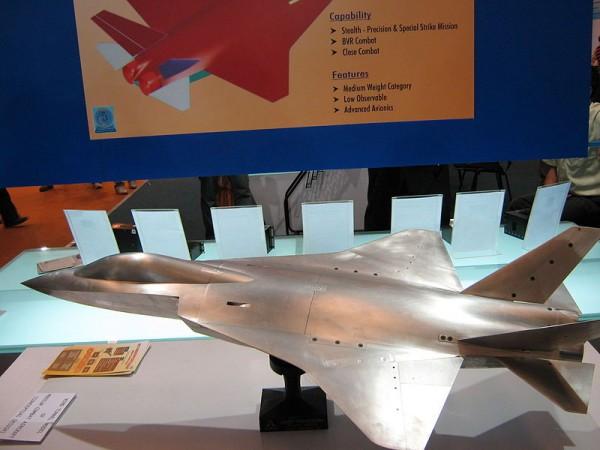The Indian Air force (IAF) is expected to push for a clause for development of a locally manufactured aero engine. The IAF is likely to introduce the proposal when it gives green signal to the multi-billion dollar programme with the next generation Advanced Multirole Combat Aircraft (AMCA) by the Defence Research and Development Organisation (DRDO). As per the current timelines, the AMCA fighters is expected to fly by 2026. The project is aimed at reducing the hefty import bills on importing combat aircraft in future. Moreover, the IAF is also putting its weight behind the project to attain true self-dependence.

As per a report published in the Economic Times, the first two squadrons of the Advanced Multirole Combat Aircraft will be using the American made variant of GE 414 engine. The project is expected to get a go-ahead in the nearby future on the condition that DRDO agrees to develop an aero-engine plant with foreign collaboration. One of the senior officials said, "A clear path towards developing our own aero engine is essential and should be done along with the AMCA programme which is being supported. If needed, foreign collaboration from western nations that have advanced technologies can be sought."
Indigenous aero engine to make India self-reliant
The Indian defence establishment has argued that engine technologies needed for future aircraft is accessible only to western countries like France, UK and the US while, it's all-weather partner Russia is lagging behind in the field. Besides, India does not want to commit the mistakes made by the Chinese who are facing major issues due to the lack of a reliable aero-engine programme. Notably, the DRDO has finalized the preliminary designs for the AMCA and the organisation is targeting the next five years to roll out the first test fighter. The next stage of the project is likely to demand around $ 1 billion.

India' previous attempt to develop an indigenous engine reached dead-end not once but twice. Firstly, India planned to develop the indigenous Kaveri fighter jet engine as a part of the Rafale offsets deal but its decision to import all 36 aircraft in fly-away condition cancelled the prospects of such development. Secondly, the US-India Defense Technology and Trade Initiative (DTTI) has also agreed to develop a local engine but the project was suspended due to little progress.








